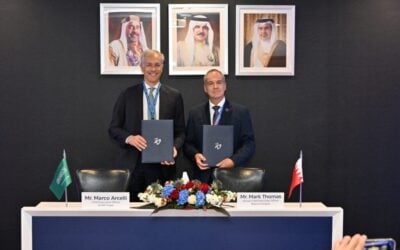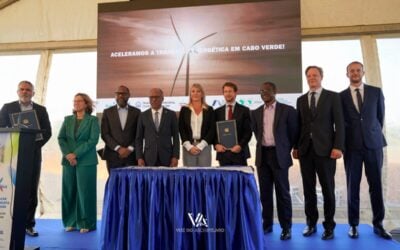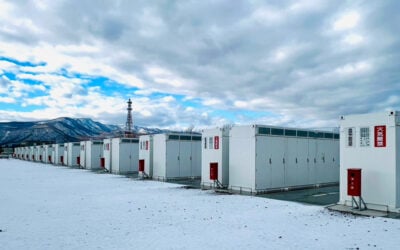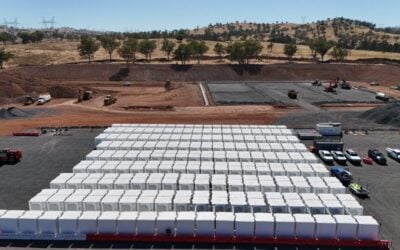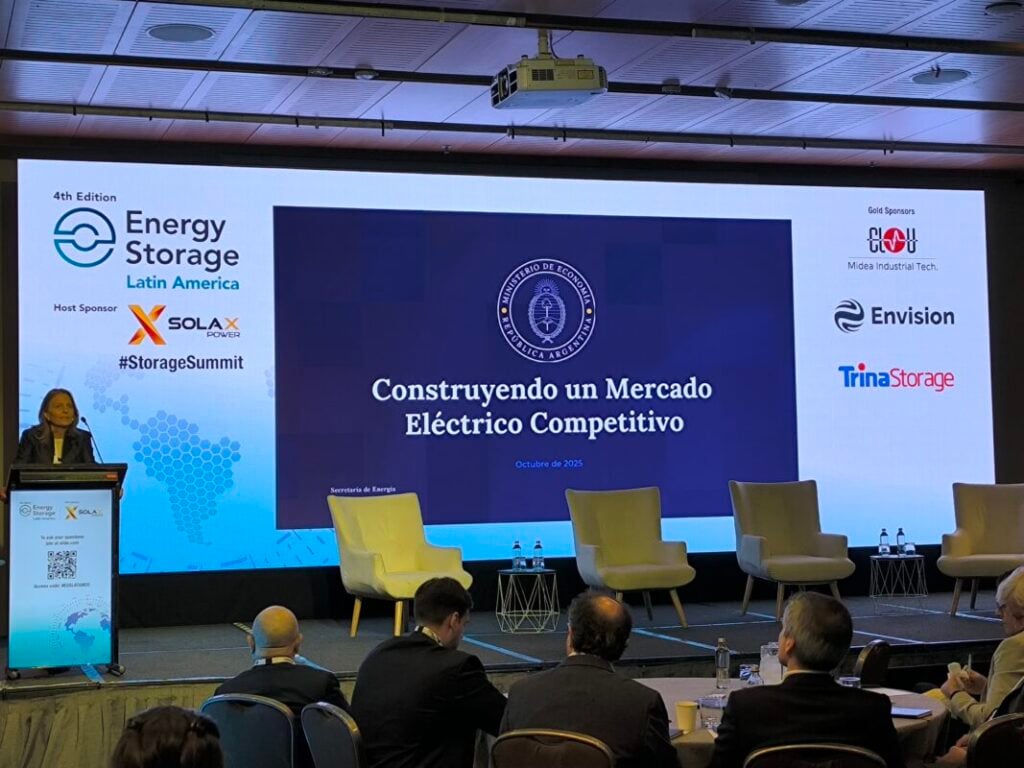
As Day 1 of Energy Storage Summit Latin America ended, here are a few key takeaways of the panels and presentations of the event that is being held in Santiago, Chile, on 14-15 October 2025.
The keynote address from Ana Lía Rojas, executive director at the Chilean renewable energy and energy storage association (ACERA), highlighted two main points for the Chilean renewable industry: curtailment keeps rising and electricity demand management is crucial for the Chilean grid.
Battery energy storage system (BESS) has grown so fast in Chile that the country is expected to reach its 2030 target of 2GW by next year. Currently there is over 1GW of installed BESS but it is worth remembering that Chile is still a small market with nearly 38GW of installed capacity across all technologies (including non-renewables); thus, a crucial part of the country’s growth is the rise of electricity demand from different sectors, such as electromobility, data centres, green hydrogen or the mining industry, said Rojas.
Solar PV and wind curtailment continue to rise in Chile, reaching 3.2 TWh in August 2025; however, the pace of growth has slowed compared to 2023 and 2024. As more energy storage, both co-located and standalone, comes online, it will “help manage the grid in terms of the ability to harness that [renewable] energy” that is primarily located in the north to store the excess of solar PV and wind and be discharged during peak hours, explained Rojas.
Try Premium for just $1
- Full premium access for the first month at only $1
- Converts to an annual rate after 30 days unless cancelled
- Cancel anytime during the trial period
Premium Benefits
- Expert industry analysis and interviews
- Digital access to PV Tech Power journal
- Exclusive event discounts
Or get the full Premium subscription right away
Or continue reading this article for free
This role for BESS in reducing curtailment of both solar PV and wind was also one of the key points explained by Rojas during last year’s edition of Energy Storage Latin America.
As mentioned earlier, Chile is expected to surpass its 2030 target for energy storage four years in advance and this is shown in the pipeline that is expected in the short term with more than 5GW of storage is forecast to be added in Chile’s grid between 2025-2030, but also in the longer term, between 2030-2060, with 25GW of new storage forecast to be added.
Moreover, storage will be key to reaching a fully renewable grid in Chile; however, there is a limit to how much capacity can be added before reaching levels of cannibalisation, especially given the pace at which capacity is added and the pipeline for the next few years.
Despite many panellists bringing this issue up, it has not yet reached a point of alarm and worry for the industry, but it remains an important aspect to keep an eye on.
This has not stopped the appetite in the Chilean BESS market, which remains strong, especially with foreign investors. This is helped with the fact that the US market is seen as a market with many risks, while Chile has very attractive returns.
Finally, María Tettamanti, Argentina’s secretary of energy, gave an overview of the Argentinian market and the interest in attracting private investment in the country’s energy industry. The reforms have been welcomed by financial institutions and are in the right direction.
Although it is still early days for the Argentine BESS market, interest in the technology was shown earlier this year with the AlmaGBA tender, which attracted 1.3GW of bids and awarded 667MW capacity out of 500MW originally expected. The capacity market tender was exclusively focused on strategic nodes of the grid in the Buenos Aires Metropolitan Area.
More to come on the Argentinian market and the recently held tender tomorrow in the fireside chat with CAMMESA, the country’s wholesale market operator.

